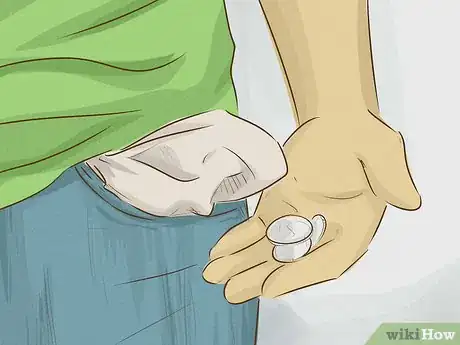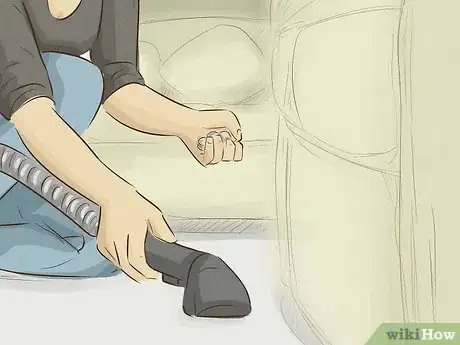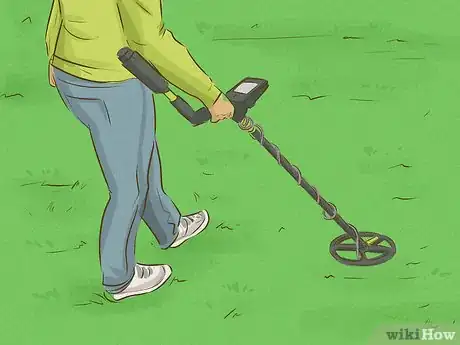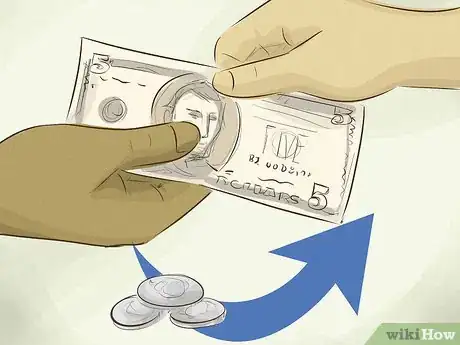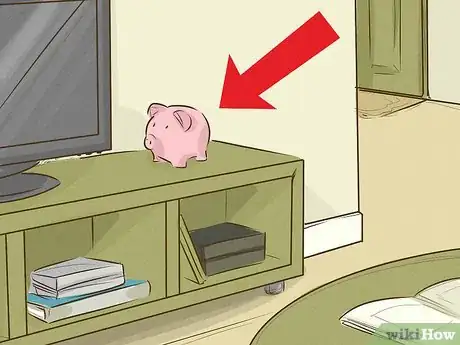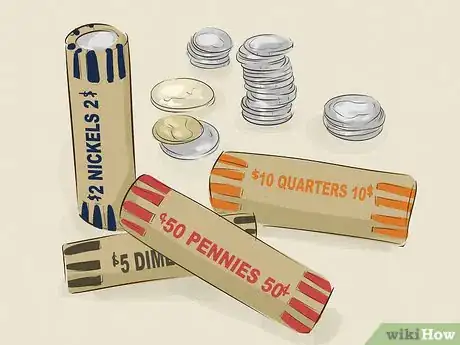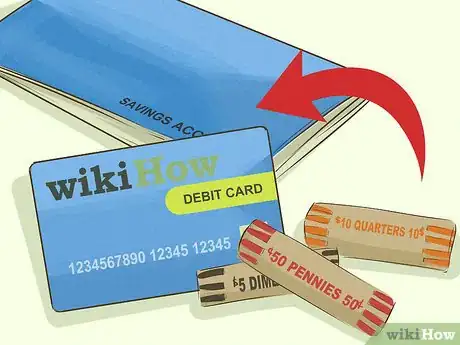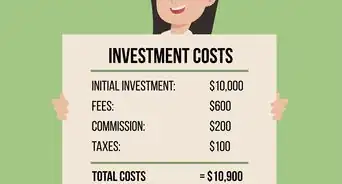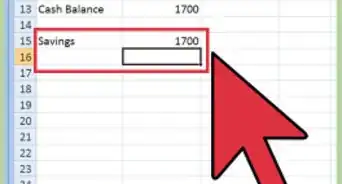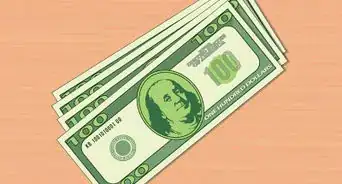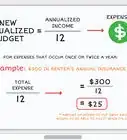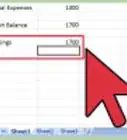This article was co-authored by wikiHow Staff. Our trained team of editors and researchers validate articles for accuracy and comprehensiveness. wikiHow's Content Management Team carefully monitors the work from our editorial staff to ensure that each article is backed by trusted research and meets our high quality standards.
This article has been viewed 125,805 times.
Learn more...
Saving money can seem daunting, especially when you feel like you are living paycheck to paycheck. An easy way to start to save is to collect your loose change. Dollars are made of coins, after all, and over time, your loose change can add up to a significant amount. One report notes that approximately $10 billion in loose change is laying around in American households, so some of that is probably around your house. By being aware of the loose change around you and making a conscious effort to save it and gather it in one place, you will soon reap the rewards of your new saving habit.
Steps
Looking for Loose Change
-
1Empty your pockets and wallet of loose change at the end of the day. Not only will your purse be lighter without the change weighing it down, but you will also ensure that you actually make note of and save that change.
-
2Check for loose change in your home or car. When cleaning your car or vacuuming your sofa, check for loose change in the seats, between the cushions, or on the floor. You’ll be surprised by how much you can gather by just looking for it.Advertisement
-
3Keep your eyes open when out in public. Loose change can often be found on the ground in parking lots, in change slots in vending machines, and near drive-through windows. Make it a habit to check these areas for loose change, and you can add to your growing collection.
-
4Borrow or rent a metal detector. If you’re looking for a hobby that can potentially help your bottom line, using a metal detector to find loose change could be for you. When you go out with your detector, practice the “low and slow” method by keeping the detector coil close to the ground and giving the machine enough time to process what’s below. Then, when you hear a beep, carefully dig and look for buried coins or other treasure.
- Parks, sports fields, and beaches are popular places for metal detecting.
- If you want to use your detector on private property, be sure to ask permission first.
-
5Find ways to create more change. Make it a habit to pay for small items in cash, and pay a whole dollar amount instead of providing change. For example, if your coffee is $4.35, pay with a $5 instead of four singles, a quarter, and a dime. The more change you create, the more change you can save.
-
6Check for valuable coins. When gathering and picking up change, keep an eye out for coins that may be worth more than face value. Silver coins (like dimes and quarters) minted prior to 1965 may have enough silver in them to be worth more than the $0.10 or $0.25 you may think they’re worth.
Making Loose Change Count
-
1Put a piggy bank or empty jar in a prominent place. This will serve as a visible, daily reminder to save. Then, when you have loose change at the end of the day, place it there. You can also collect the money you find while doing laundry or cleaning your house in this bank or jar.
-
2Tally your change each month. Pick a designated day at the end of each month to gather and count your change. You will be surprised by how much this can add up to in such a short amount of time.
-
3Wrap your coins and take them to the bank. Most banks will happily supply their customers with coin wrappers, so ask yours for some before counting your change each month. Once you’ve grouped and wrapped your quarters, dimes, nickels, and pennies, take them directly to your bank. Most banks will probably be using a machine or otherwise counting the coins to confirm the amounts.
-
4Purchase an automatic coin sorter. If you find yourself with a large amount of change each month, you can save a lot of time with an automatic coin sorter. A manual one (with a crank) can be purchased for as little as $25. These machines quickly sort your coins and deposit them into wrappers.
- The coin-changing machines found in supermarkets are an option for counting your money, but remember they charge a percentage of each dollar for the service.
-
5Deposit your accumulated change into a savings account. When you reach the bank, do not cash in your coins. Rather, deposit your “found” money into your savings account to help build up your emergency fund, save for a trip, or help pay off debts.
- You could decide to use the loose change you save to make an extra mortgage or car payment each year, thus paying down your debt.[1]
Community Q&A
-
QuestionI have hundreds of dollars of pocket change. Who can package it for me?
 DonaganTop AnswererTake it to a bank and deposit it. Or ask the teller for some coin rolls, and pay some kids to package it.
DonaganTop AnswererTake it to a bank and deposit it. Or ask the teller for some coin rolls, and pay some kids to package it.
